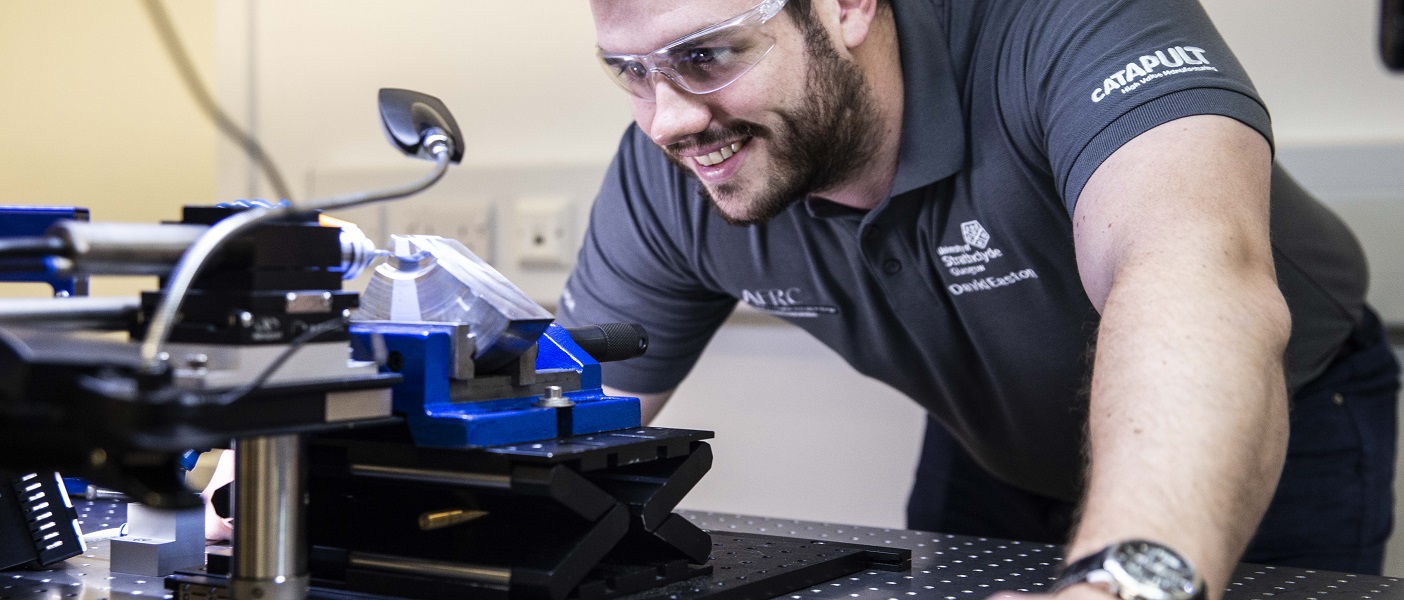We are shining a light on materials science and residual stress within manufacturing– with huge benefits for industry.
Understanding the effects of manufacturing processes on products means that we can increasingly employ a predictive approach, which boosts efficiency and saves time and money during costly trials. Materials characterisation expertise also helps our customers make better manufacturing decisions and overcome production problems.
Our state of the art laboratory for residual stress evaluation and strain mapping, the only one of its kind in Scotland, is where the materials magic happens. One of the very few labs across the UK that is ISO 17025 accredited for relevant measurement techniques, we provide far more than purely testing, offering a range of solutions, industrial expertise and materials intelligence.
